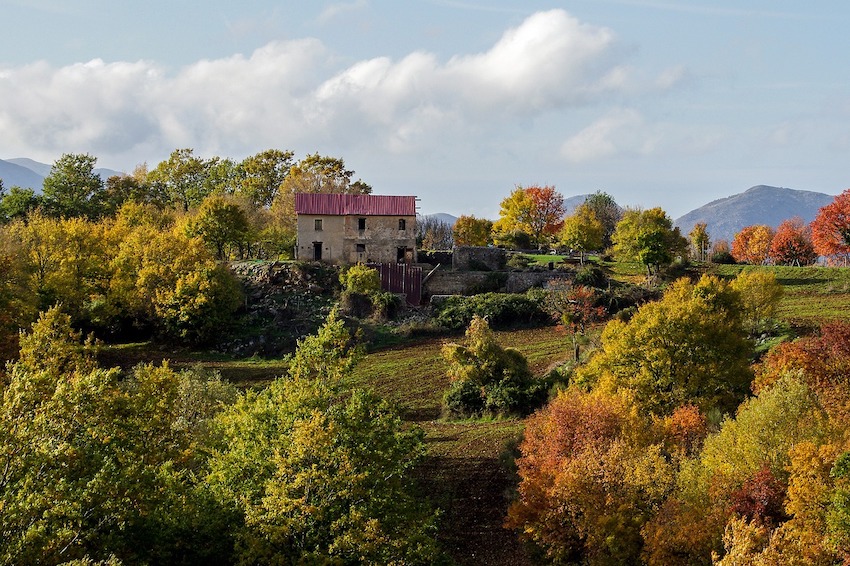
How to Use an Interdisciplinary Approach to Restore Ecosystems
A healthy, functioning ecosystem is essential to the well-being of both people and the planet. When ecosystems are damaged or destroyed, it can take years—or even centuries—for them to recover. Forest Service scientists use an interdisciplinary approach to restoration and recovery research in order to ensure a holistic approach, restoring ecosystems from the soil upward. By taking this comprehensive approach, we can develop restoration plans that are informed, effective, economical, and efficient.
Ecosystems around the world are under increasing pressure from human activities. When ecosystems are degraded, their ability to provide critical ecosystem services is compromised. Ecosystems that have been changed by humans are more fragile and can’t recover as easily from things like fires, pests, diseases, droughts, and other climate change-related problems.
Restoring ecosystems is a complex task, but forest Service scientists use an interdisciplinary approach to make sure that restoration efforts are informed, effective, economical, and efficient. By taking a holistic approach and considering all aspects of the ecosystem – from the soil upwards – we can ensure that our restored ecosystems are healthy and thriving. By understanding how ecosystems function and interact with each other, we can develop effective strategies for restoring them. In this way, we can help ensure that these vital systems continue to provide the benefits we depend on.
The United States Forest Service has been a leading force in the restoration movement. They are aware of how valuable these efforts can be, which is why they’ve developed some very innovative techniques for restoring our environment and creating a new life on this earth.
According to the Forest Service, private landowners and public land managers are facing accelerating threats. In response, forest Service researchers are developing and testing new management options for restoring desired ecological processes. These options need to be dynamic and effective, working across different spatial scales and timelines. By rigorously testing these options, the Forest Service can ensure that they are ready to meet the challenges of the future. This research is essential for protecting our forests and ensuring that they remain healthy ecosystems for generations to come.
The process of forest restoration is a long and difficult one that requires the coordination of many different variables in order to be successful. Forest Service researchers play a key role in this process by modeling and quantifying the expectations, outcomes, tradeoffs, and synergies associated with restoration efforts. By doing so, they are able to develop landscape-scale decision-support tools that help to prioritize areas for restoration and ensure the most efficient use of resources. In addition, these researchers work to develop new and innovative methods for restoring forests that can be used in the future. Without their dedication and expertise, the process of forest restoration would be much more difficult, if not impossible. Consequently, the work of Forest Service researchers is essential to the success of any restoration project.
Maintaining healthy ecosystems is essential to the long-term well-being of our planet. To do this, we need to make sure that ecosystems have a diversity of hardy sources of genetic material. That’s where the U.S. Forest Service comes in. Our scientists work to identify, develop, and test high-quality seeds and seedlings that are genetically appropriate for different ecosystems. We also research ways to effectively restore degraded ecosystems using these materials. By building up the resilience of ecosystems, we can help ensure that they can withstand the challenges of a changing climate and still provide us with the many benefits they offer.
The United States is home to some of the most diverse and beautiful landscapes in the world. National forests, grasslands, and other public lands provide critical habitats for wildlife, clean water for communities, and opportunities for people to enjoy the great outdoors. However, these landscapes are under increasing pressure from development, climate change, and other threats. The U.S. Forest Service is working to restore degraded landscapes and protect threatened ones through partnerships with scientists and other organizations. By collaborating across federal, tribal, state, university, and non-profit boundaries, the Forest Service is able to leverage resources, expertise, and perspectives to steward the land. These efforts are essential to preserving our natural heritage for future generations.
Reference:
Restoration and Recovery: www.fs.usda.gov